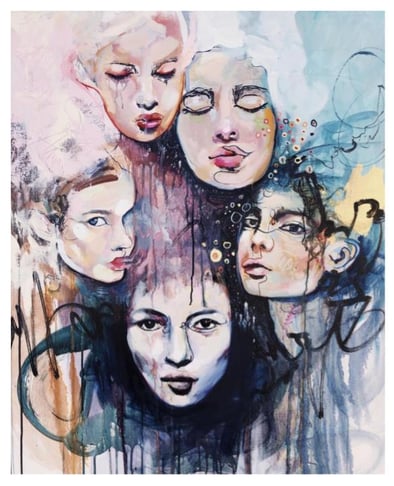
Photo caption: What is mixed media art? The answer to that varies from artist to artist, but basically, it’s the act of using more than one medium in a piece. Photo courtesy of Dalia Milan.
Art is expressed through so many various media. Take your pick! Art is created with paint, canvas, textiles, paper, crayons, pencils, inks, spray paints, concert tickets, handmade paper, cards, and so much more.
That’s the beauty of mixed media. The combination of media allows you to shake up your art a bit, to explore new horizons and to sharpen your voice. In other words, the very act of using more than one medium in your art pieces encourages you to push the boundaries and to create art that is not only unique to you but that also has the power of reaching others.
That’s the real beauty of working with mixed media art. This blog post talks about the ins and outs of mixed media and offers an art tutorial video at the end of the piece to help you integrate more mixed media into your art today.
Art Tutorials: What Is Mixed Media Art?
Simply stated, mixed media art combines more than one medium or material in its creation. For instance, you can begin working on your canvas with mark making tools such as charcoal, graphite, markers, crayons, inks, etc. Then you add another layer such as tissue paper, cloth, etc. Or you can use spray paint and acrylics.
Mixed media is an amazing art technique that allows the creator to follow a process of steps layering various mediums to enhance their best attributes.
What Do You Use For Mixed Media?
Before creating a mixed media art piece it’s important to understand the types of materials you can use and how to use them. Mixed media materials generally fall into three categories.
- Dry, loose, and unstable material
- Wet stable material
- Applied textures and mediums
These categories can be broken down in a couple of other ways. There are stable and unstable materials. There are also materials that are water based, oil based or lacquer based. Knowing what these materials are, how you can use them, when they should be applied, and even how to clean up is essential to creating a successful mixed media piece.
Let’s get into a little more detail on descriptions in this free art tutorial.
Dry, Loose, And Non-stable Materials
Dry and loose materials for mixed media art would include charcoal, graphite, powdered pigments, pastels, (and other drawing materials) etc. All of these have a very dry, powdery consistency and will smudge, smear, drip, or alter in any other way when it comes into contact with water or other wet materials. Because of the change in appearance and consistency, it is considered unstable.
Wet, Stable Materials
Wet and stable materials would include crayons, inks, urban markers, China markers, wax pigments, acrylic and oil paints, spray paints, resin, etc. Once they have cured, these materials will remain intact when in contact with water or other wet substances. And, yes, you guessed it—that’s why they are considered stable mixed media art materials.
Applied Textures And Mediums
These materials are often used in collage and include fabric, paper, found items, gloss gels, modeling paste, crackle paste, etc. Collage and mixed media have sometimes been mistakenly identified as being the same. However, collage is a combination of items forming a two-dimensional piece, whereas mixed media refers to creating art using multiple visual materials that can be either two or three dimensional.
Acrylic, Oil And Lacquer
The additional way to categorize mixed media materials is acrylic, oil and lacquer. The difference here is in how they are cleaned: acrylics with water, oil with solvent, and lacquer with acetone.
Free Art Tutorial: How Do I Layer Mixed Media Art?
Now that you understand what to use on your Mixed Media artwork, it’s time to learn the correct order these materials are applied to your canvas. It’s not complicated. You simply have to remember that water-based material does not stick to oil. So, all water-based materials are added first with oil-based materials being added last.
The other thing to remember when using oil paints, is that you must prepare the canvas or paper. Once you’ve added whatever water-based markings and materials you prefer, the next step is to add a fixative to stabilize that layer and prepare it for the oil paint. You can use a spray fixative or apply a layer of gel to seal it. Then you can begin adding oil paint and other oil-based materials.
Special note—if you are using paper as a base for your Mixed Media artwork, you must seal the paper with house paint, gloss gel, modeling paste, or two coats of gesso before using any oil paint. If you don’t, well, your paper will eventually rot.
To give you some idea of how this process works, we’ve provided you with a video below that covers mixed media and expressiveness in art. Please keep in mind that this is only one example of mixed media art. The possibilities for mixed media are pretty much endless.
Video caption: FREE webinar “How to Create Expressive Art”
What Are The Benefits Of Creating Mixed Media Art?
We’ve already touched a bit on what the first benefit of mixed media is — freedom in your creativity. Just keep within the basic rule of water-based first, oil-based last and go. You don’t have to plan it out, just see how each step takes you to the next step until you have a stunning work of art. It allows you to create the effect you want by being able to use various mediums in one piece.
Along with that freedom comes new ideas. When you’re working in your right brain and feeling the creativity flow, you’ll be bursting with new ideas for so many new pieces. Seriously, if you’re bored or have artist’s block, just have some fun creating a mixed media piece of art. You’ll be amazed at how inspiring that freedom is.
Creating mixed media art encourages you to collect quirky fun objects that you can use in your art. The best thing about this is that people looking at your art will be amazed at what you used and how you used it in your artwork. How fun is it when someone exclaims, “Wow! Those are concert ticket stubs!” (Or whatever little treasure you’ve used.)
Lastly, but definitely not least is that it’s FUN!
What Is Mixed Media Art ~ Final Thoughts
If you’re in your comfort zone and painting in acrylics or oils, you may not want to venture out in creating mixed media art. However, doing mixed media art can be the thing that takes your art to the next level. So, why not throw caution to the wind and grab your mark-making tools, acrylics, oils, random papers, and other materials and create? You just might find that your artistic voice emerges even more.
If you’d like more art Tutorials about how to create mixed media art pieces, take our online mixed media course!
Learn More About The Various Art Media in the Articles Below...
Oil Paint: What's In It And Why It's Important To Know
Art Tutorials: Easy Acrylic Painting Tips for Beginners
Learn About Mixed Media Collage
Milan Art Institute
Subscribe to Our Blog
Browse Posts
Browse by topics
- art inspiration (45)
- become a professional artist (38)
- art techniques (35)
- art tips (23)
- art tutorial (22)
- art history (17)
- art skills (17)
- hero artists (17)
- painting (14)
- art masters (13)
- art supplies (13)
- drawing (12)
- acrylic painting (9)
- sketching (9)
- art education (8)
- oil painting (8)
- sell your art (8)
- art marketing (7)
- art and travel (6)
- art fun (6)
- artist mindset (6)
- fine art (6)
- travel sketching (6)
- art business (5)
- art studio (5)
- artist brand (5)
- artist voice (5)
- holidays (5)
- professional habits (5)
- traveling (5)
- oil paint (4)
- professional artist habits (4)
- art career (3)
- art resources (3)
- doodling (3)
- professional artists (3)
- urban sketching (3)
- art school (2)
- art therapy (2)
- artist block (2)
- branding (2)
- cleaning (2)
- color (2)
- creative block (2)
- decorative market (2)
- dreams (2)
- paint (2)
- quotes (2)
- surrealism (2)
- art entertainment (1)
- art galleries (1)
- art influencers (1)
- art markets (1)
- art photography (1)
- art portfolio (1)
- collecting art (1)
- coloring (1)
- composition (1)
- decorative art (1)
- eco friendly (1)
- environment (1)
- impressionism (1)
- mixed media (1)
- narrative art (1)
- plein air (1)
- portraits (1)
- price your art (1)
- right brain (1)
- success stories (1)
- symbolism (1)
- time management (1)
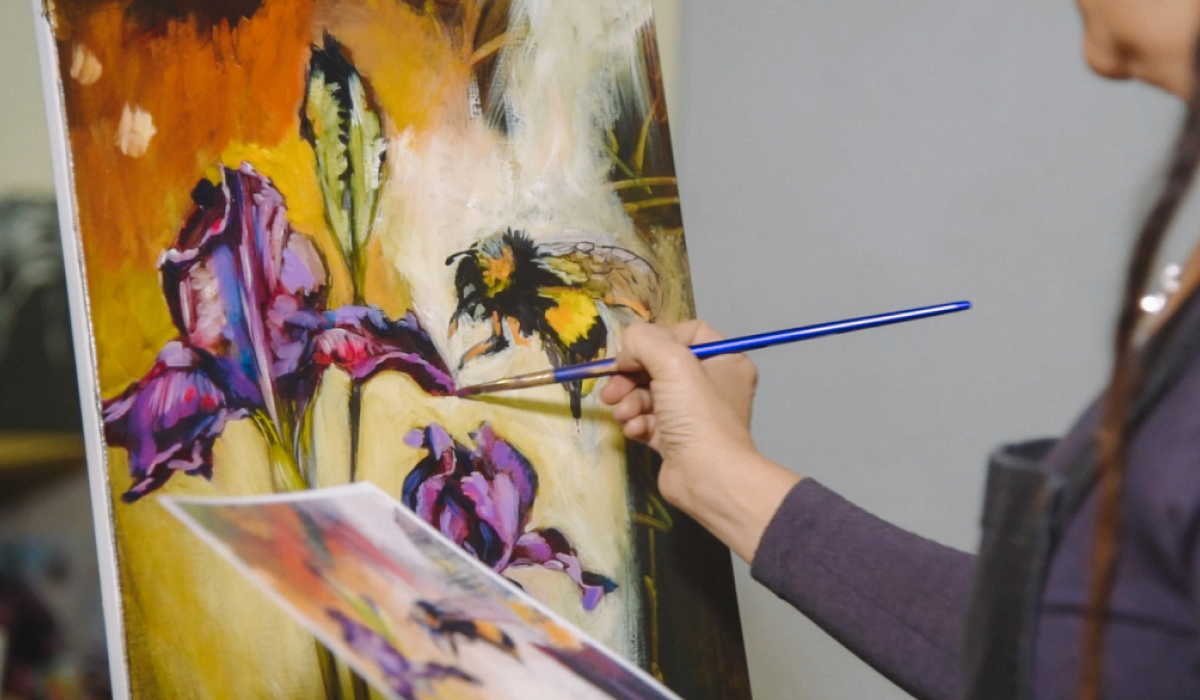
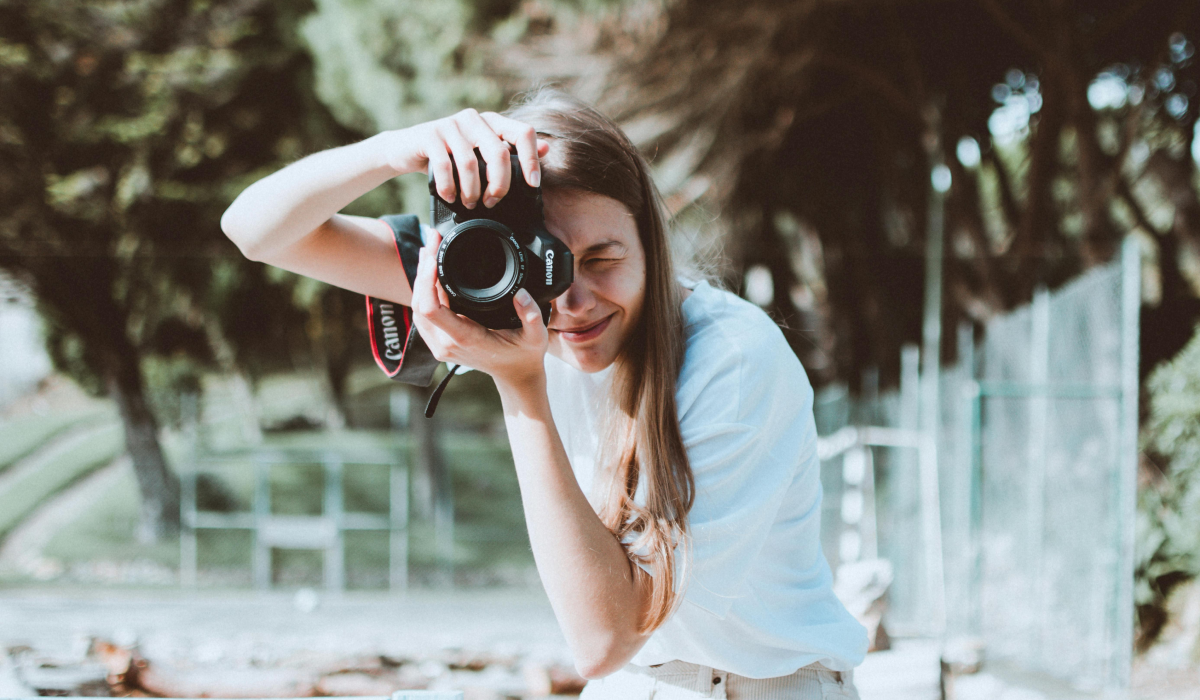
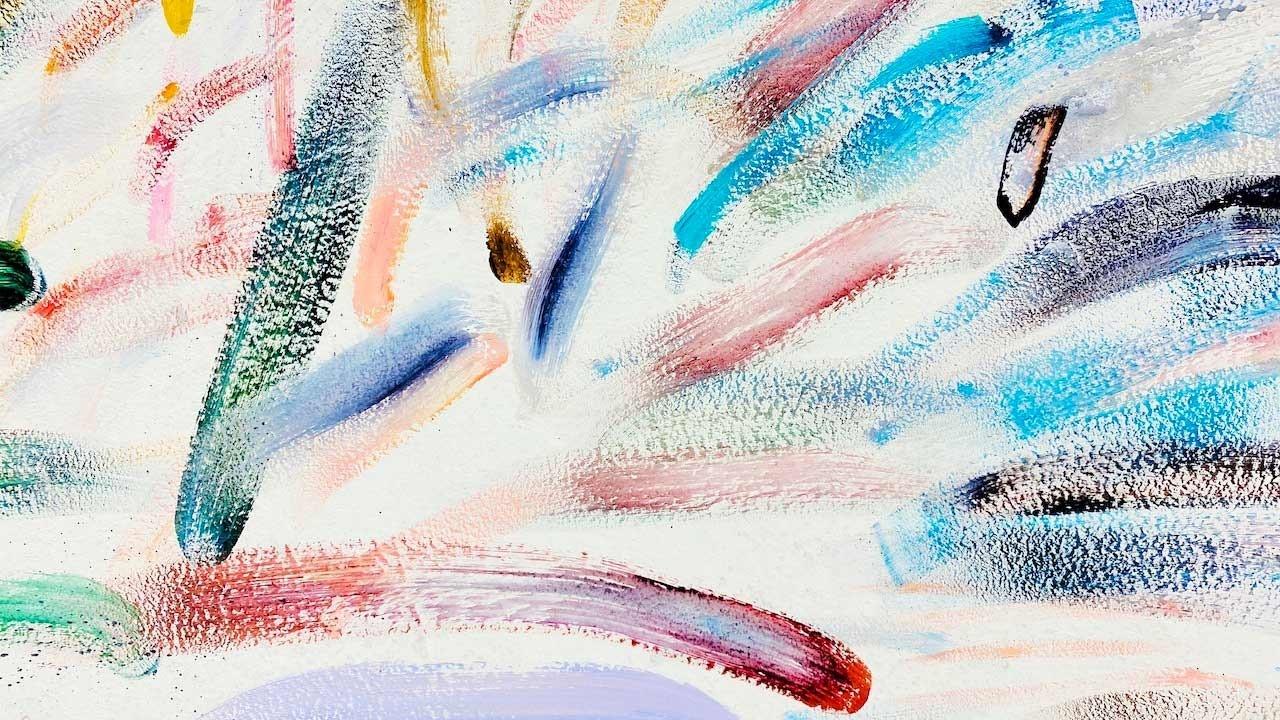

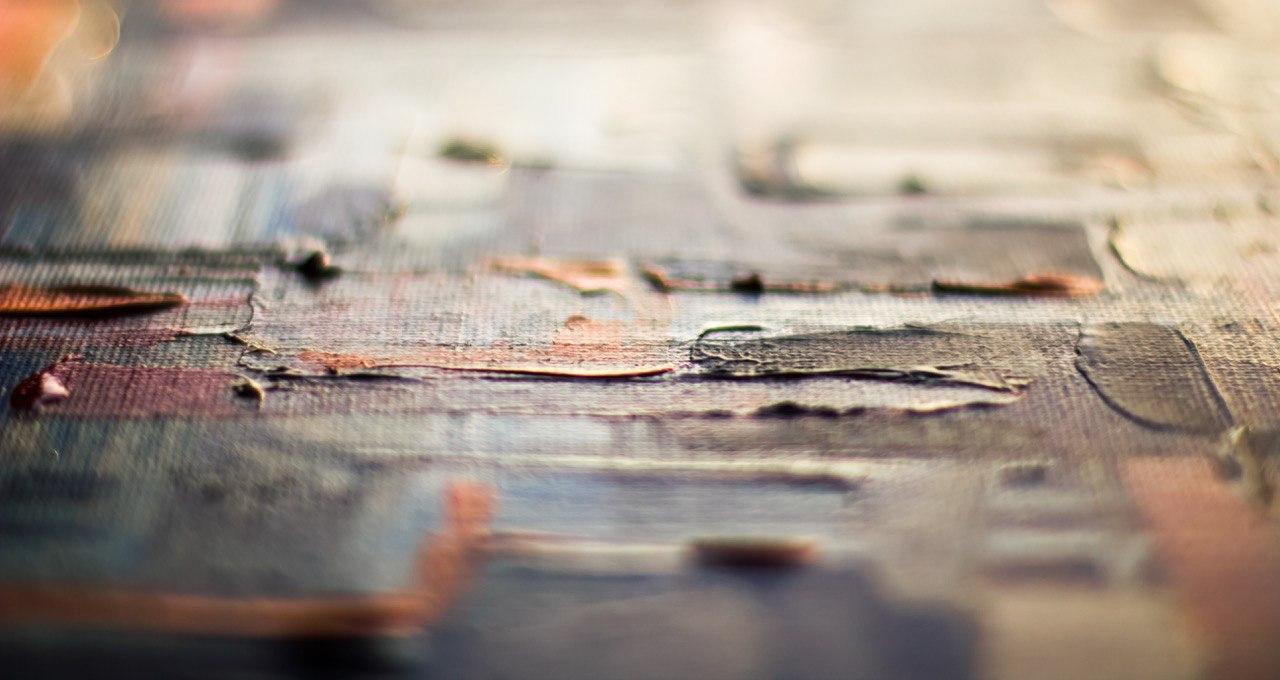

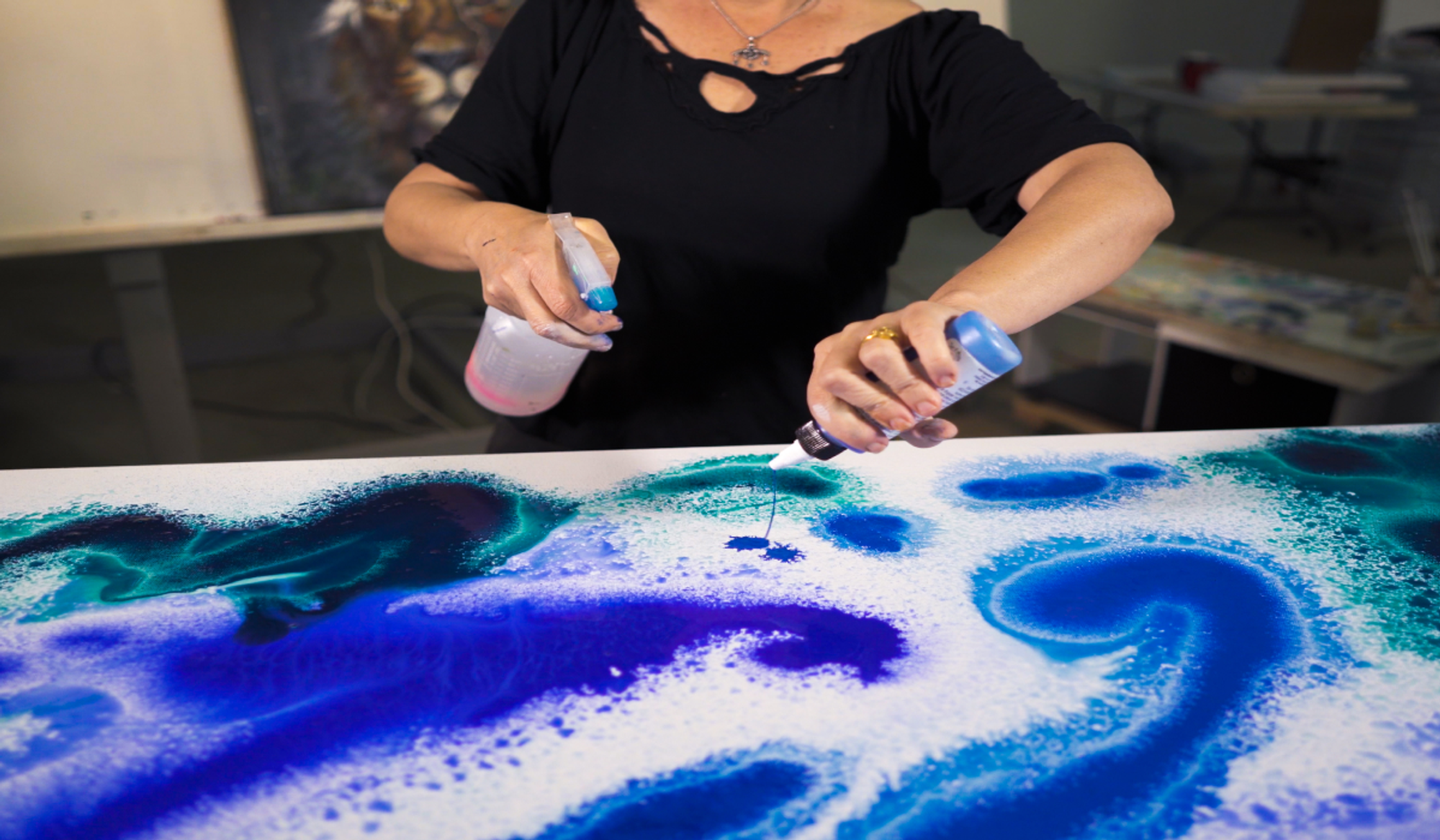
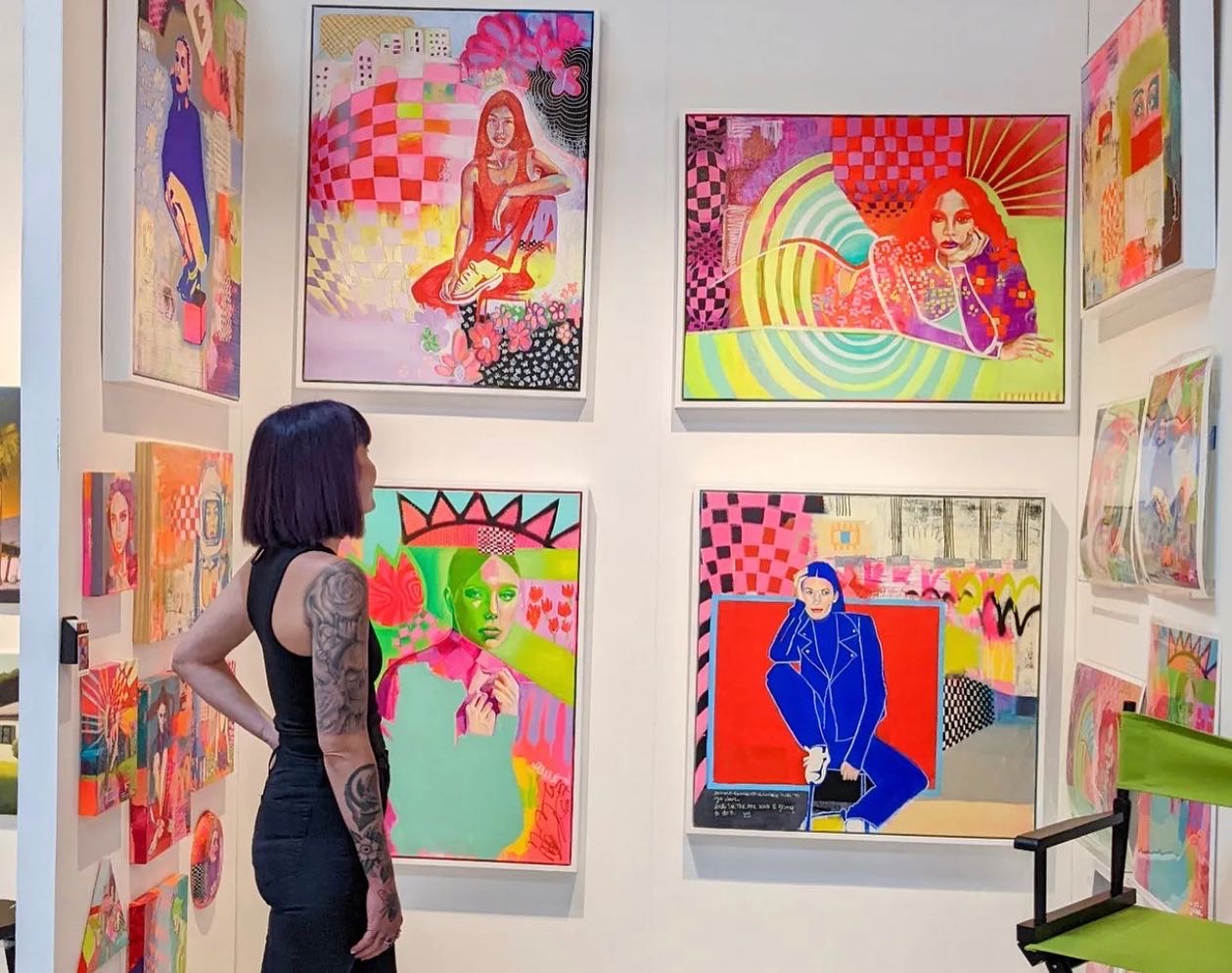
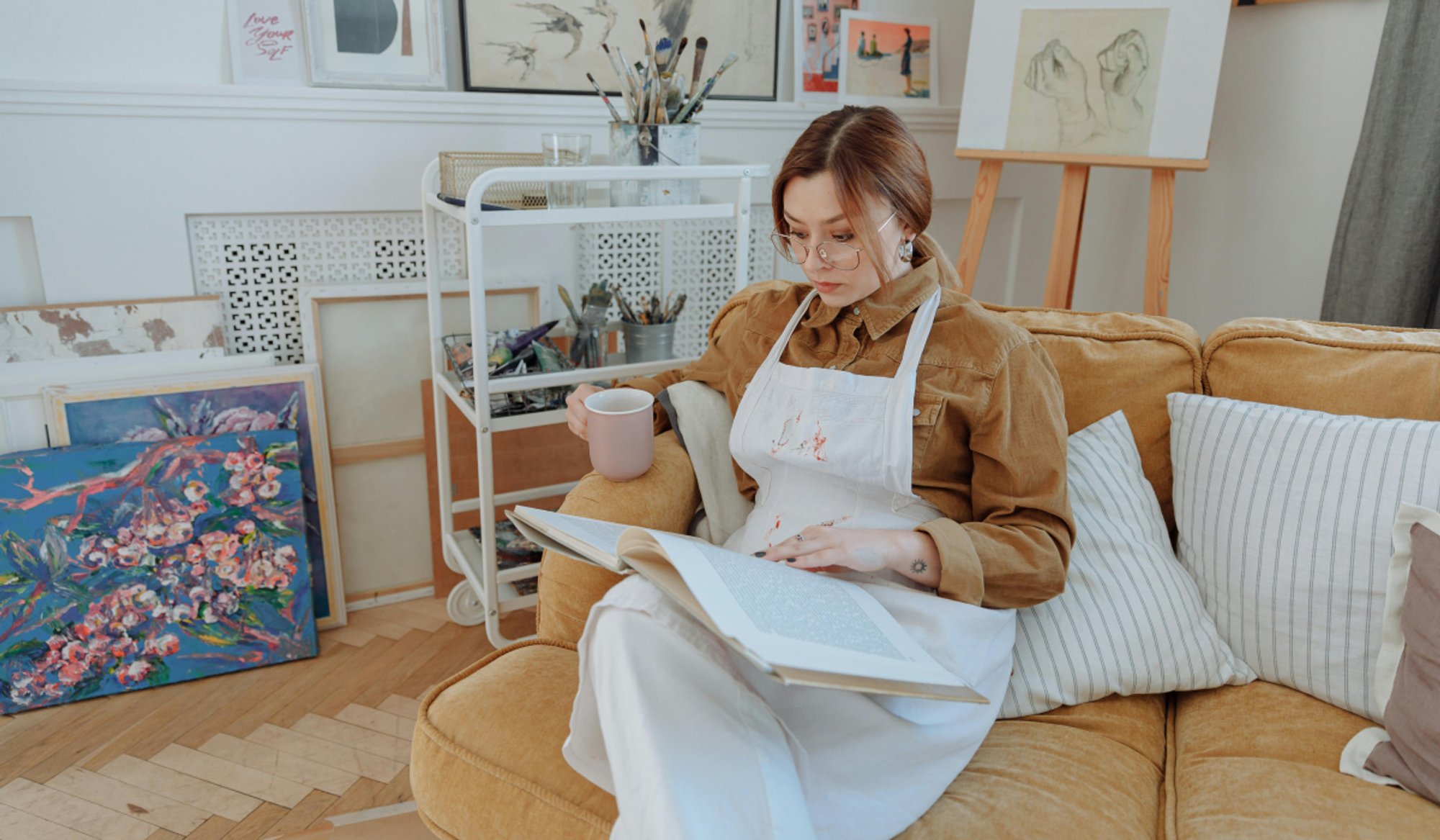
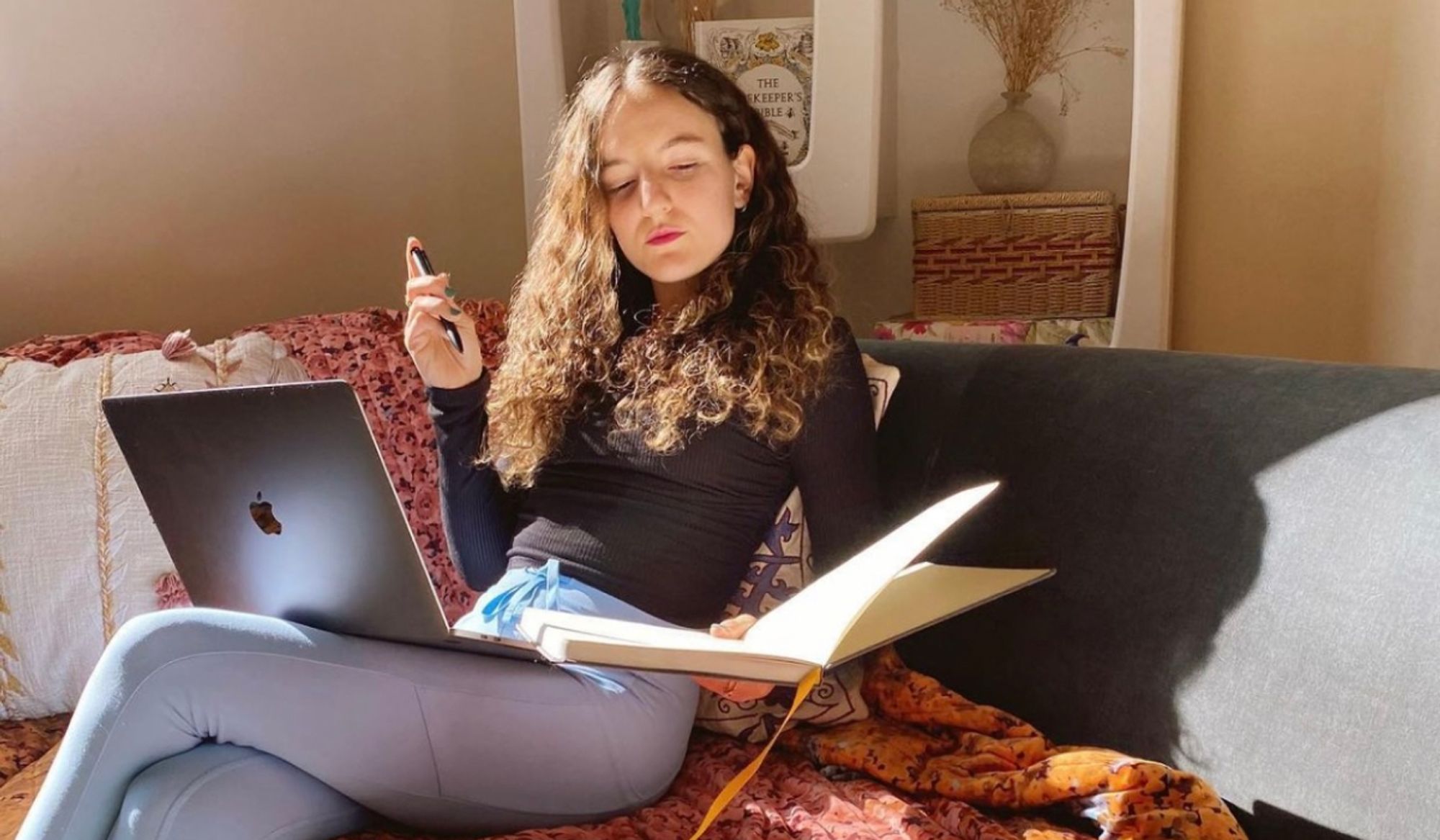
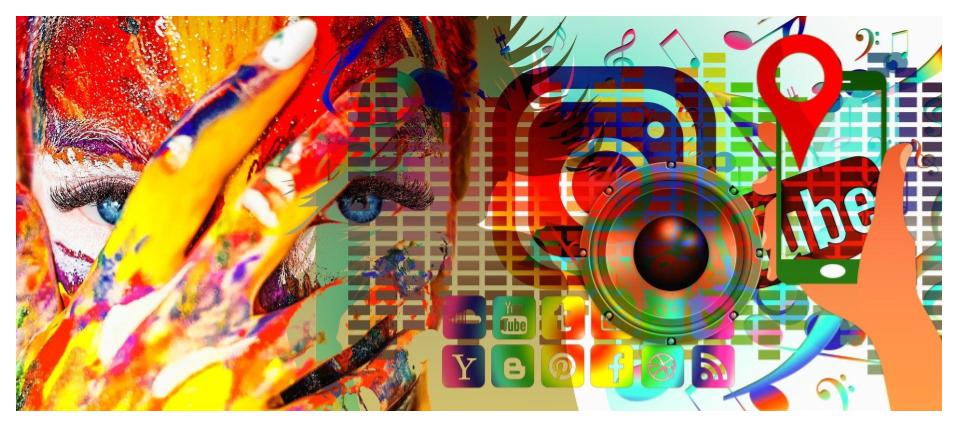
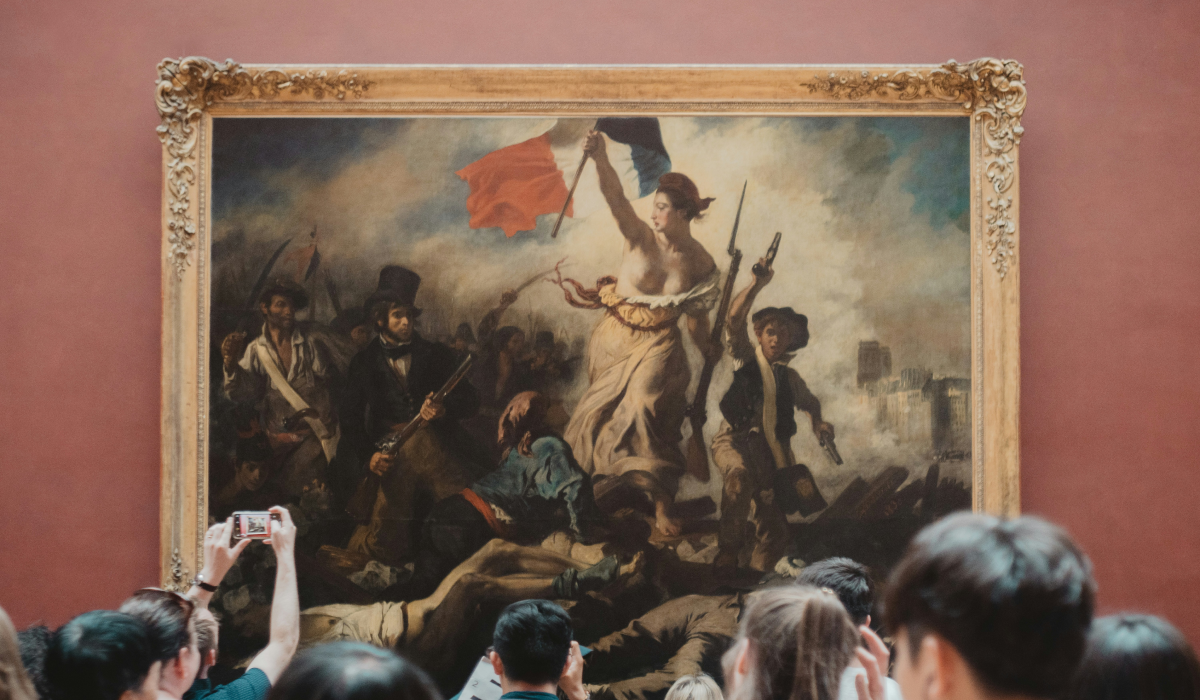
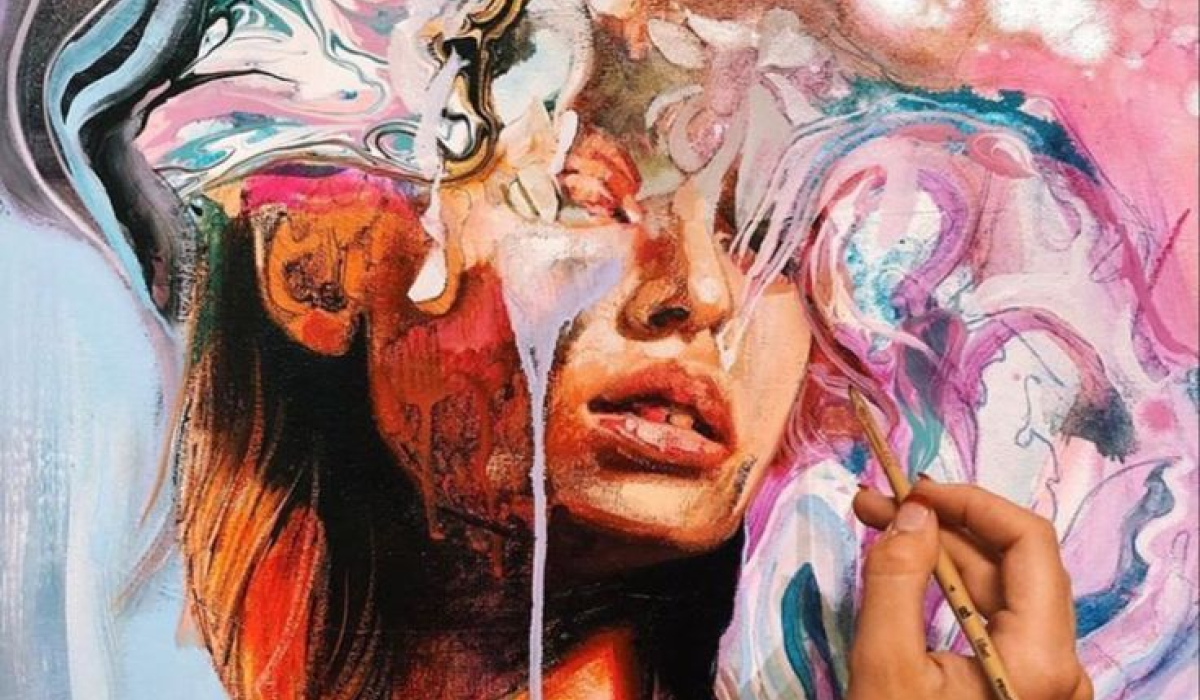
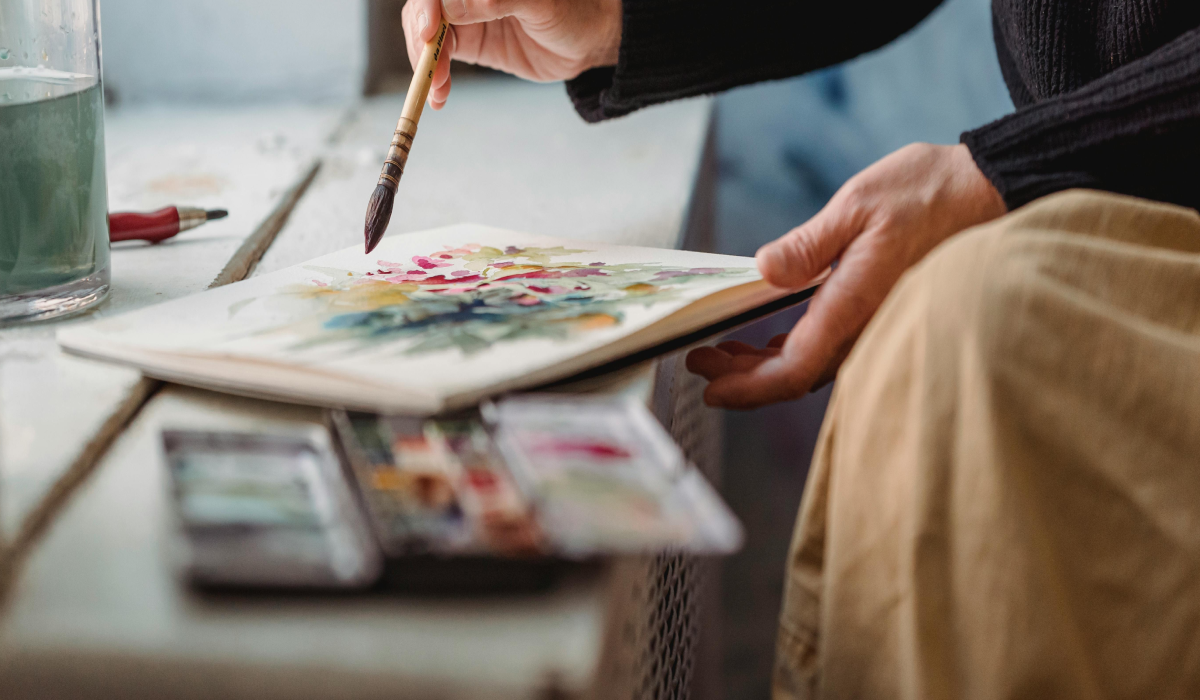
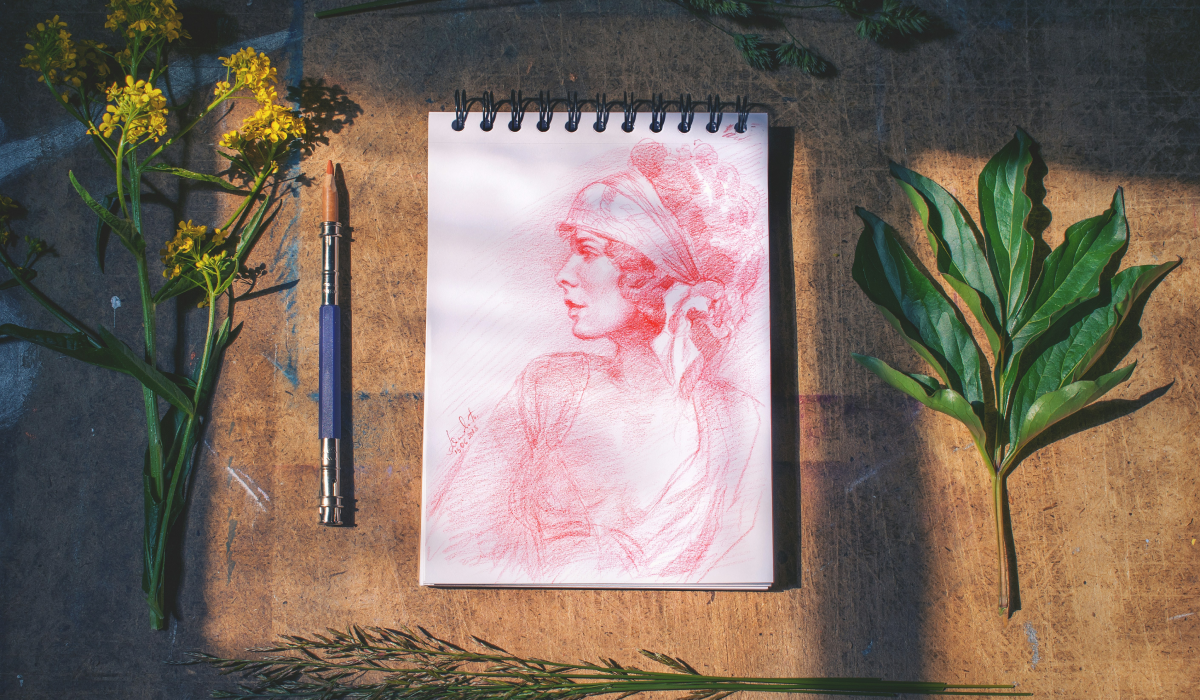
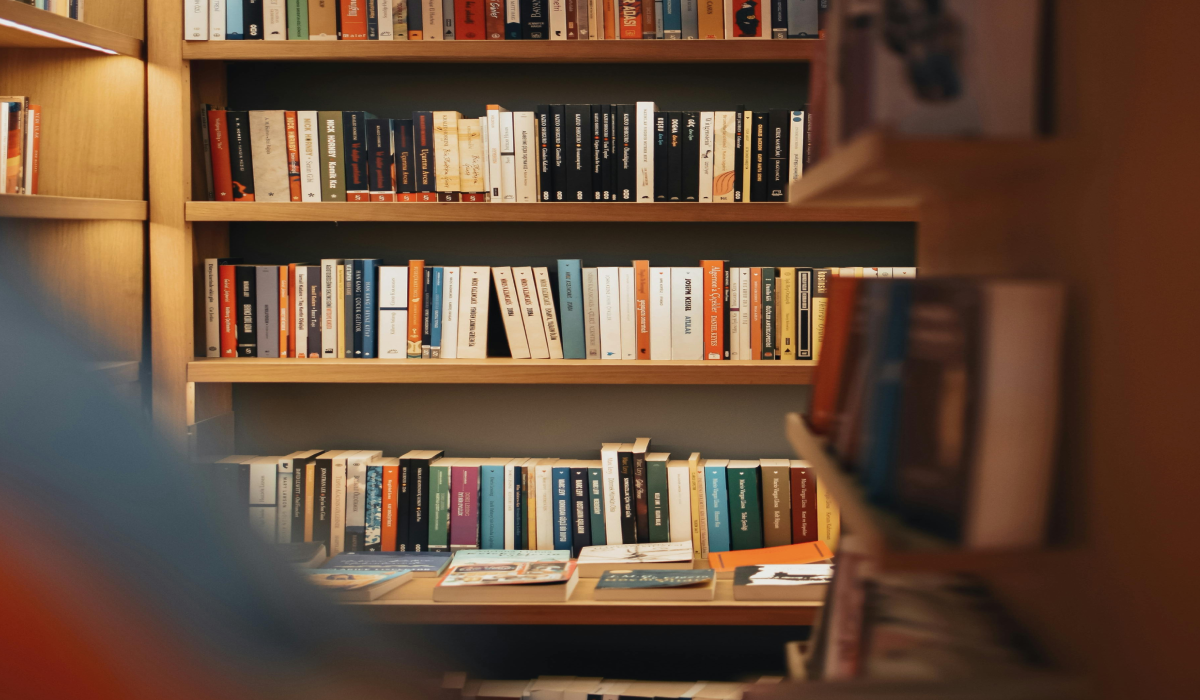
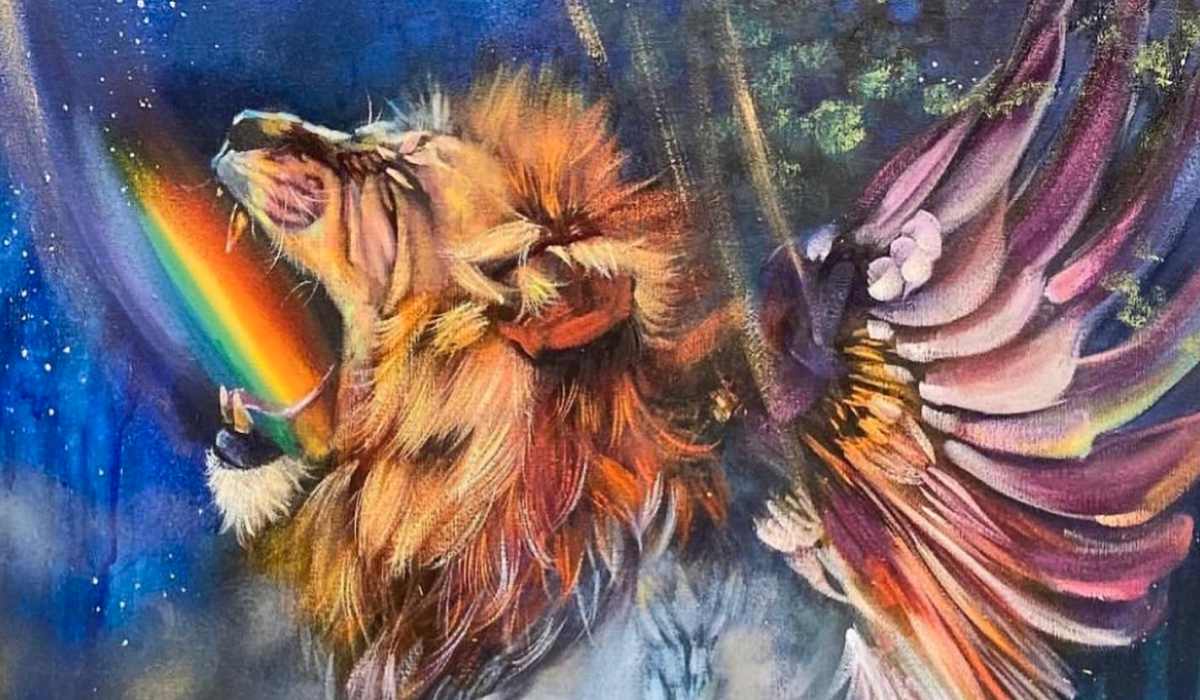
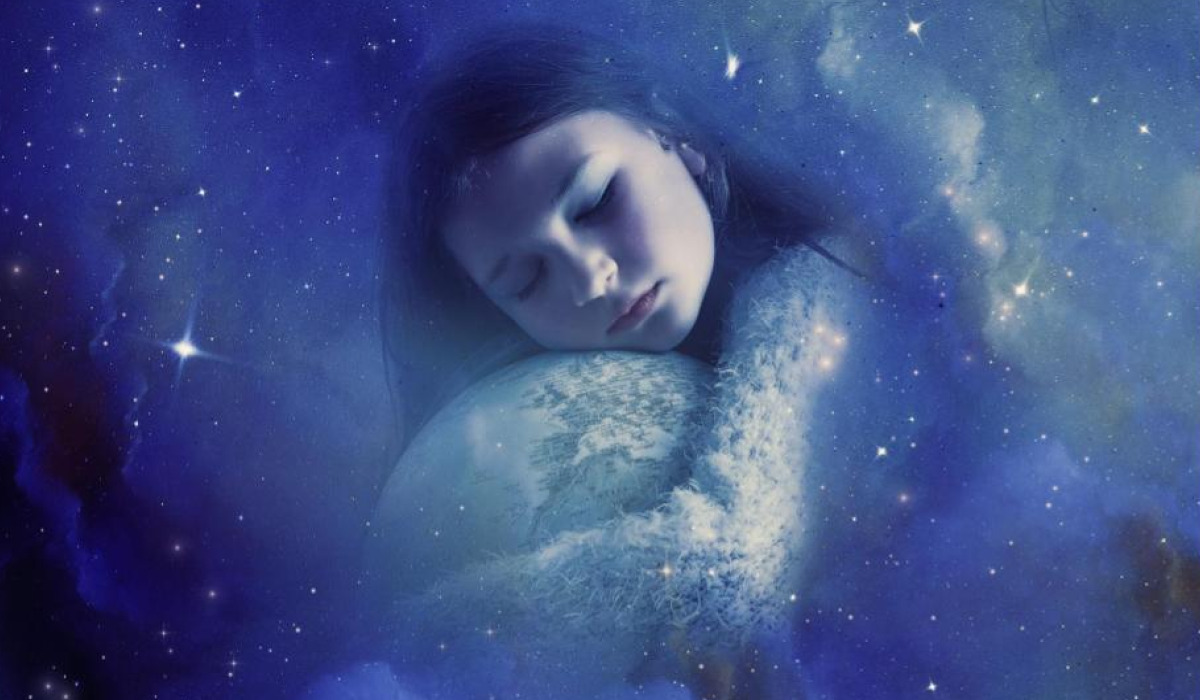
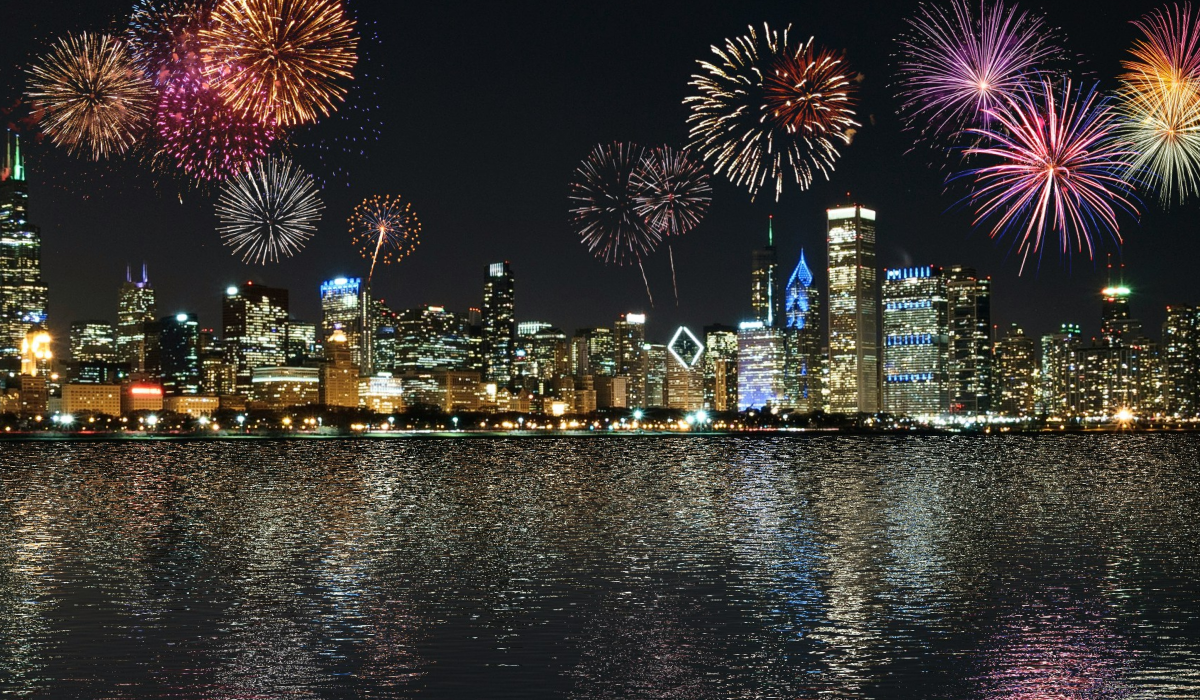
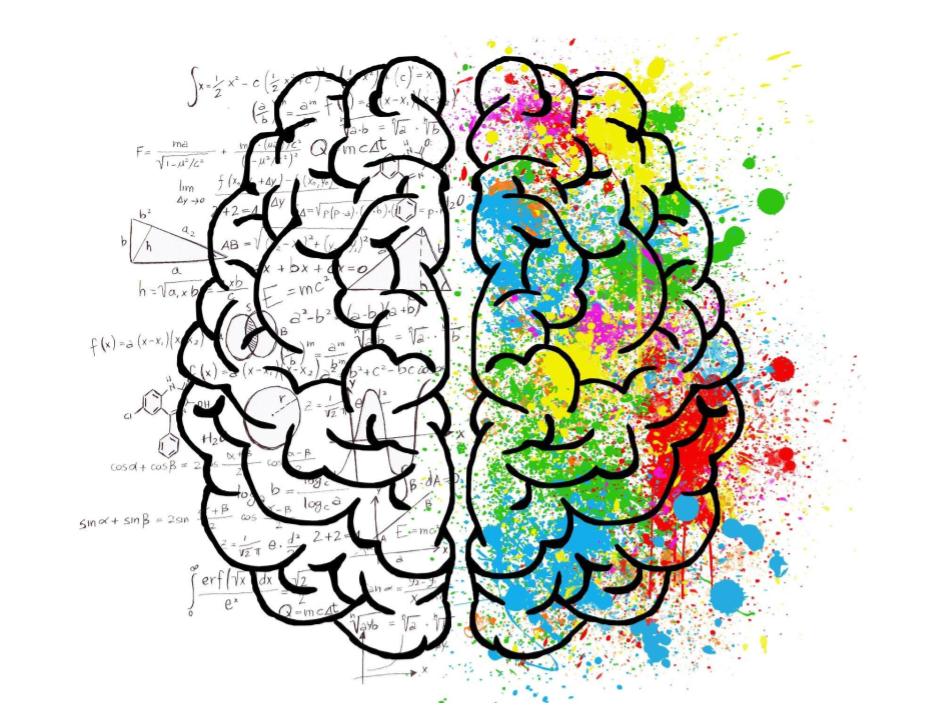
Post a comment